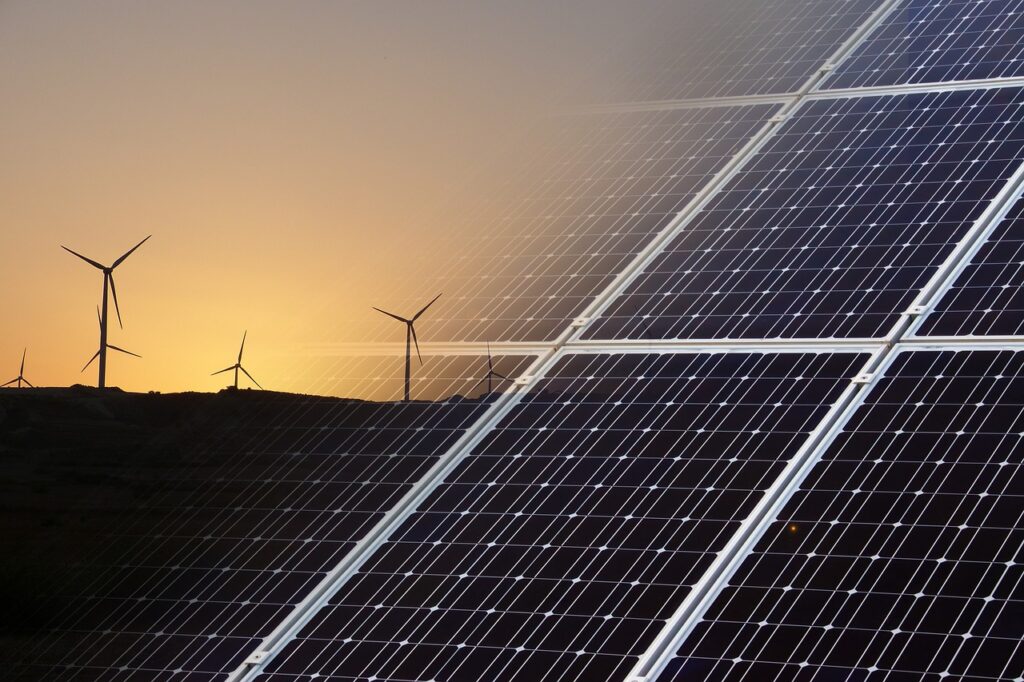Part 1 – Introduction to TNUoS and ITPEnergised unique modelling approach
Part 2 – Optimising Transmission Connected Colocation Projects and the impact of TNUoS
Part 3 – Optimising Transmission Connected Colocation Projects and TNUoS Connection and Use of System Code (CUSC) Modification Proposals (CMPs)
Part 4 – Colocation TNUoS versus Standalone technology TNUoS – Scottish Site Example
Part 5 – Colocation TNUoS versus Standalone technology TNUoS – 100MW Technology Units
Part 3 – Optimising Transmission Connected Colocation Projects and TNUoS Connection and Use of System Code (CUSC) Modification Proposals (CMPs)
This part of our series takes a closer look at the TNUoS Connection and Use of System Code (CUSC) Modification Proposals (CMPs) impacting colocation projects. Figures are illustrative.
Regulatory Change, CMP316
CMP316 (TNUoS Arrangements for Colocated Generation Sites) was raised by National Grid ESO back in April 2019.
CUSC modification CMP316 “TNUoS Arrangements for Colocated Generation Sites” is now with Ofgem for decision. As well as the original solution proposed, a Workgroup Alternative CUSC Modification WACM1 has been raised, and the CUSC panel voted 6-2 in favour of the alternative over the original.
- The current ‘baseline’ interpretation of the CUSC is to calculate the site ALF based on the total export across all technologies and total site TEC, applying the calculation for the dominant technology.
TNUoS for a generator where tariff become negative is applied not to the site TEC but instead (by reconciliation) to the site’s maximum output (average of top three winter outputs, each separated by 10 clear days – please see CUSC section 14.18.13–17). Both CMP316 solutions address this, although ‘TEC’ is still used below to simplify the explanations.
- The CMP316 original solution takes a simplified view for averaging the tariff calculation over the various generating technologies. Each technology has the appropriate TNUoS calculation applied, with the ALF being that technology’s contribution to the overall site TEC. The generating capacities of each technology are also scaled back so they total the site TEC, and the technology specific tariffs applied to these. The site TNUoS charge is the total over all these technologies.
- CMP316 WACM1 considers the TNUoS tariff calculation at a lower level. Firstly, the consideration whether to use TEC or peak output is made at a tariff component level. For example, if the Peak Security element of the tariff is negative the peak output is used, while if the Year Round shared element of the tariff is positive, the TEC will be used for calculating this element of the charge. Because of this mix in capacities, no average tariff per MW can be easily defined. However, for the purposes of the data reported here, average tariff will be the total charge divided by TEC based figures. An additional change, and more important to the summary findings reported later, is that the ALF used for each technology is changed to be the technology output divided by the technology’s share of the site TEC rather than total site TEC as for the ‘Original’.
Because of the way the WACM1 models the impacts of the colocated site on the peak security and year-round generation backgrounds, with higher ALFs, the potential large benefits within Scotland in particular are eroded. However, as Ofgem have yet to decide on this CUSC modification, we will present the colocated tariffs for all three possible outcomes and compare to the TNUoS of the same mix of generating technologies on a non-colocated basis in the next part to this series. Since rules for tariff calculations are specific to intermediate calculations, these tariffs will be tailored and specific for the site as defined by the attributes provided.
You can download a PDF of Part 3 here.
Please contact George Douthwaite at george.douthwaite@itpenergised.com for more information on the TNUoS tariff prediction service and Peter Lo at peter.lo@itpenergised.com for portfolio and colocation sizing optimisation.
